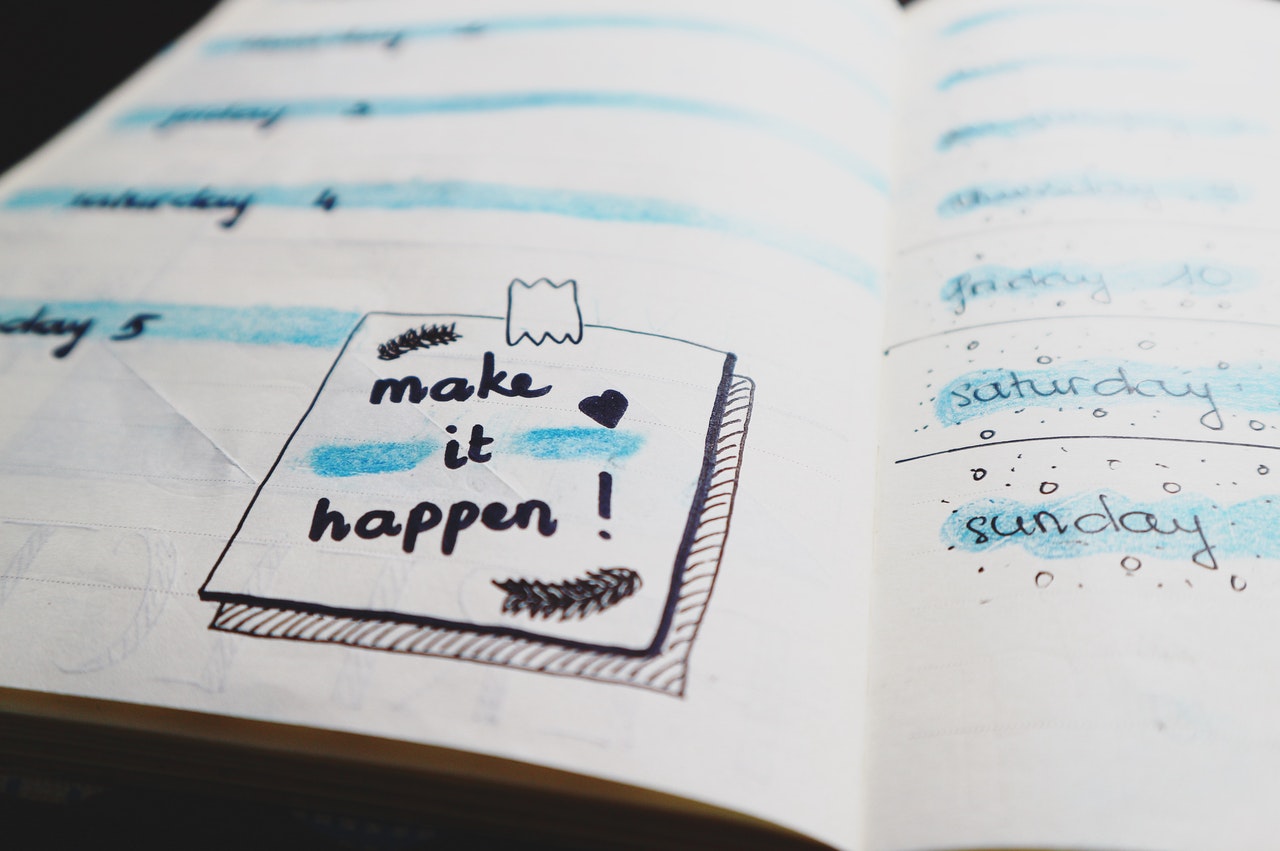A common struggle for Roller Derby leagues is growing leadership into training and coaching.
Often league’s opt for a top-down approach to coaching and training, by appointing a small number of people with expertise into training roles. This is a logical approach, and if you have those talented individuals it can be a wonderful thing.
But it also comes with a few problems: it concentrates leadership skills and responsibilities into a small space, which is a liability, it takes skaters out of skating and into coaching roles, and perhaps most importantly, it fails to grow leadership across the league.
A democratised training program is one that encourages participation from all of it’s members. It works by being transparent and inviting contributions from the whole team.
A lot of leagues who don’t have access to dedicated coaches already do some kind of democratic coaching through necessity, but it’s often understood as more of a stop-gap in between coaches, and the systems and processes to make this a meaningful way to grow leadership and participation have not existed.
So what should a democratic progression look like?
In a democratically coached league, we expect a skaters progression to follow a sequence of increasingly advanced steps, going from complete newbie, to experienced leader.
That progression looks like this:
- The player participates in drills and skills when instructed
- The player is familiar with a range of drills and can perform them autonomously
- The player is familiar with a range of drills and can instruct others on how to do them
- The player is able to suggest improvements to existing drills
- The player is able to plan and deliver complete session plans
- The player is able to create and deliver new drills
In a democratic system, it is expected that skaters go thru the above process, with newer skaters taking cues from more experienced skaters, and everyone having a clear path from fresh newbie to experienced leader.
In this system, an expectation of leadership is embedded in the way you train.
That’s why stats and collaborative session planning are now features on LessonStack.
With Collaborative Lesson Stacks, you can create a Lesson Stack within a team and allow your team members to edit it. This opens the door to a whole new paradigm in how you plan your coaching, whereby players naturally learn how to plan and deliver and coaching as they play.
With LessonStack team stats, the whole team can see not just who is attending, but also who is coaching and what they are coaching, giving you a way to see how the leadership is growing thru your team – what that spread is like, and where you can adjust your training.
This not only embeds leadership skills into your coaching and planning, but it generates a real depth of knowledge across the league, of how exactly your team plans and executes training.
What is the Coaches role in all this?
Something I love about the culture of roller derby is that it’s widely understood that the coach’s job is not to create obedient players, it is to create leaders.
A game of roller derby is fast paced, and tactical changes happen in the blink of an eye – which means players must be able to make their own decisions.
If your league is in the wonderful position of having one or more dedicated coaches, then those coaches should have the apparatus at their disposal to create empowered people who can make meaningful contributions to their own training.
There’s an old saying that if you want to really understand something, you should teach it, but the key to making the most of this is the follow up question: how much teaching? In a league that embraces a democratic approach, then skaters will coach skating sometimes, and coaches will coach coaching – not all the time, but just enough.

